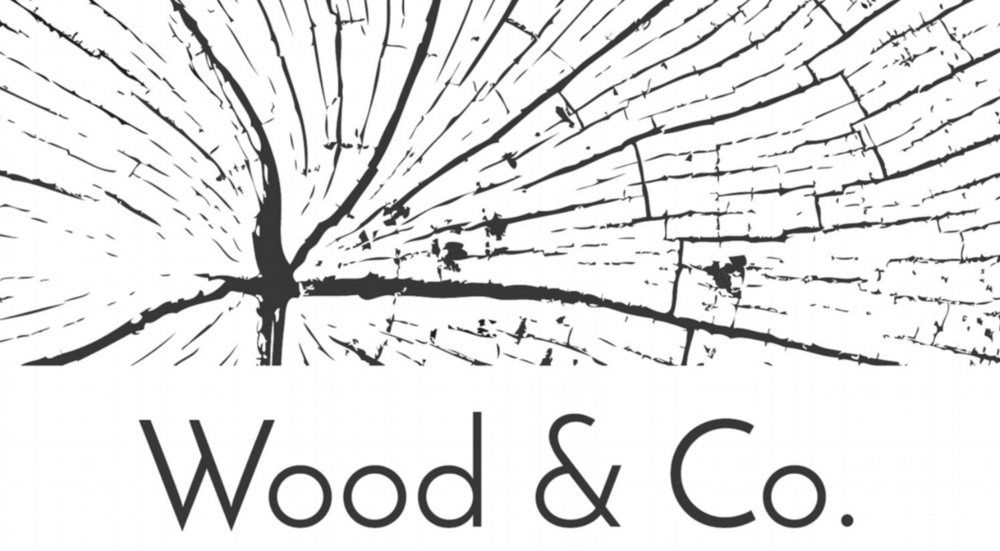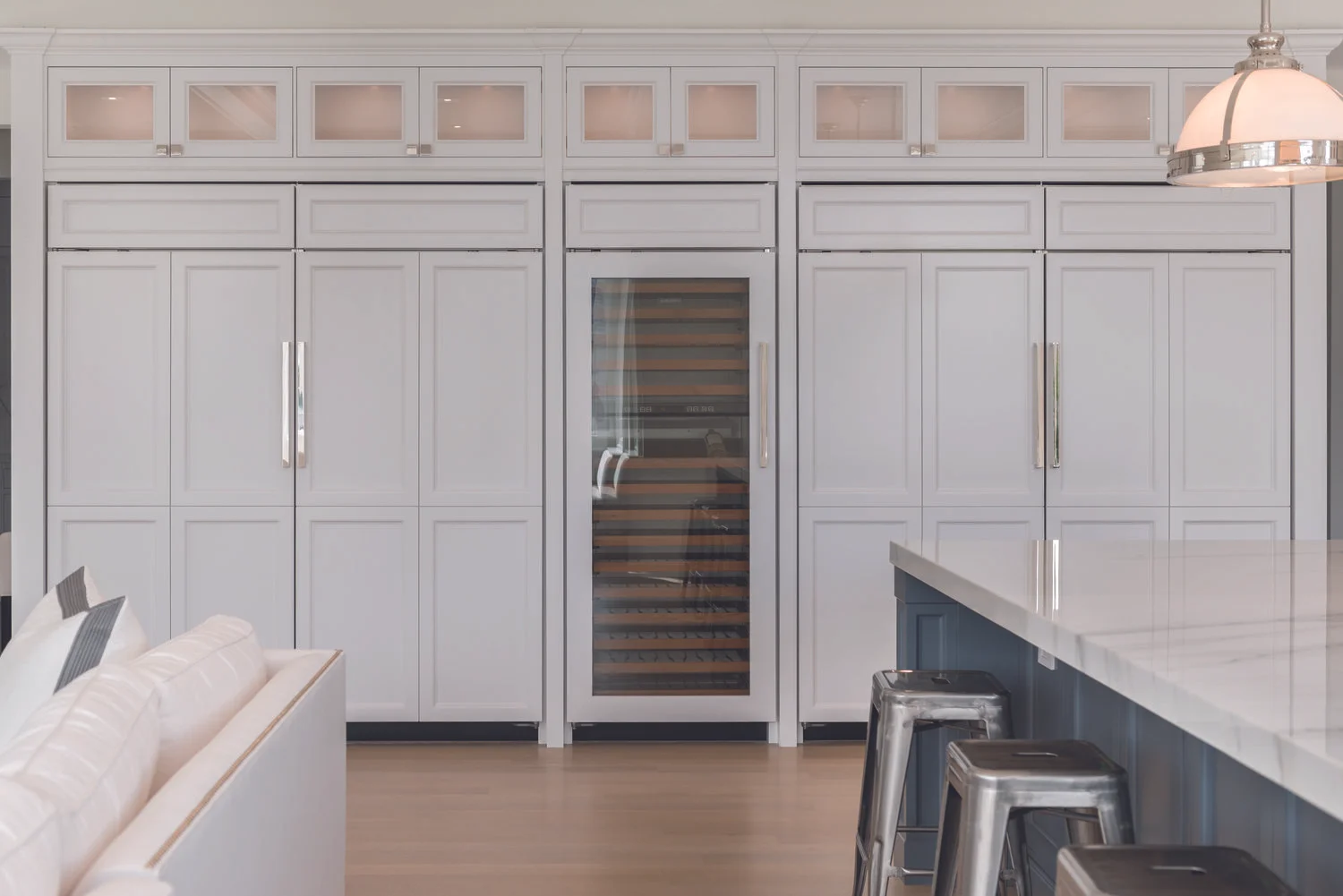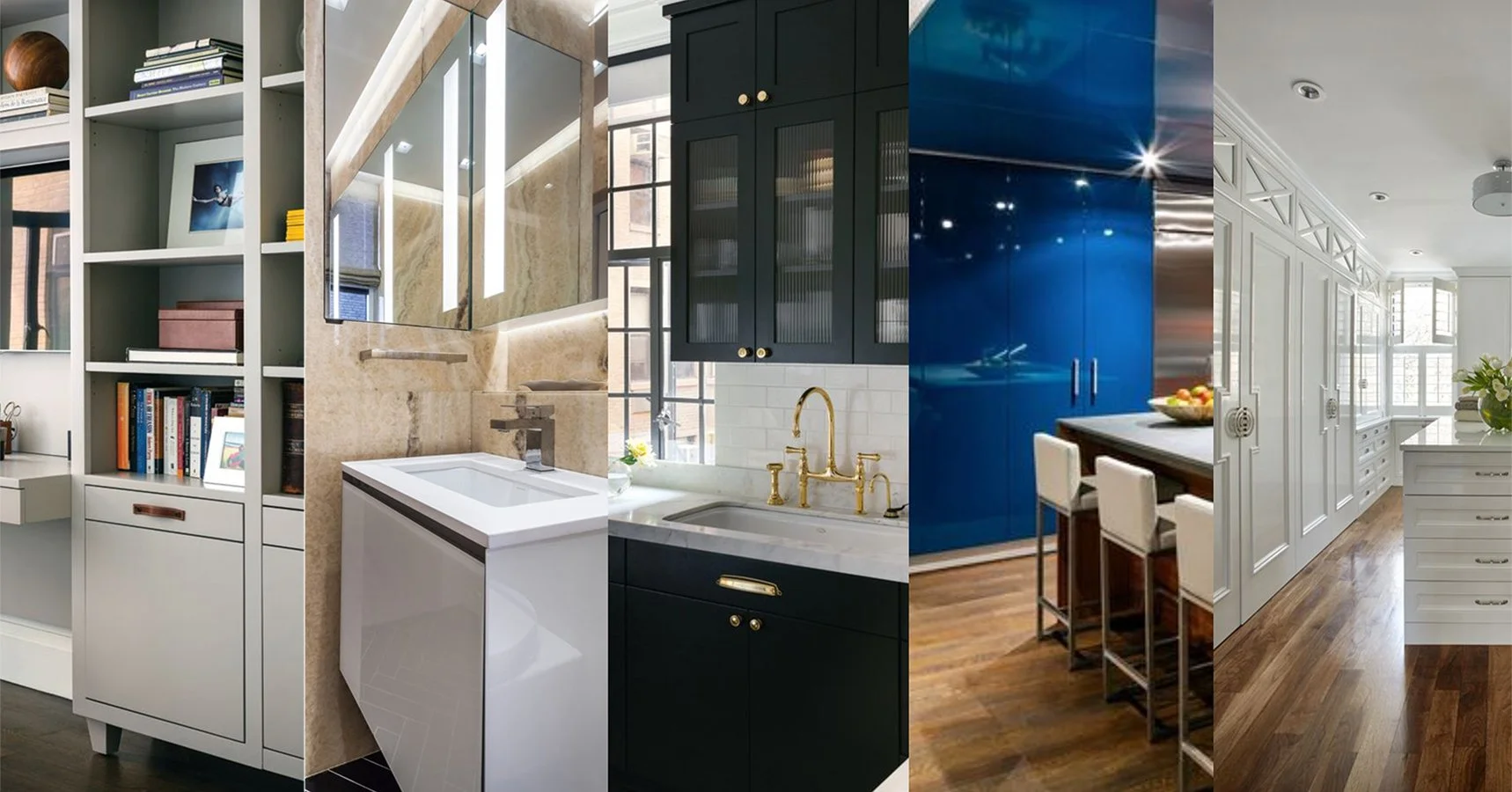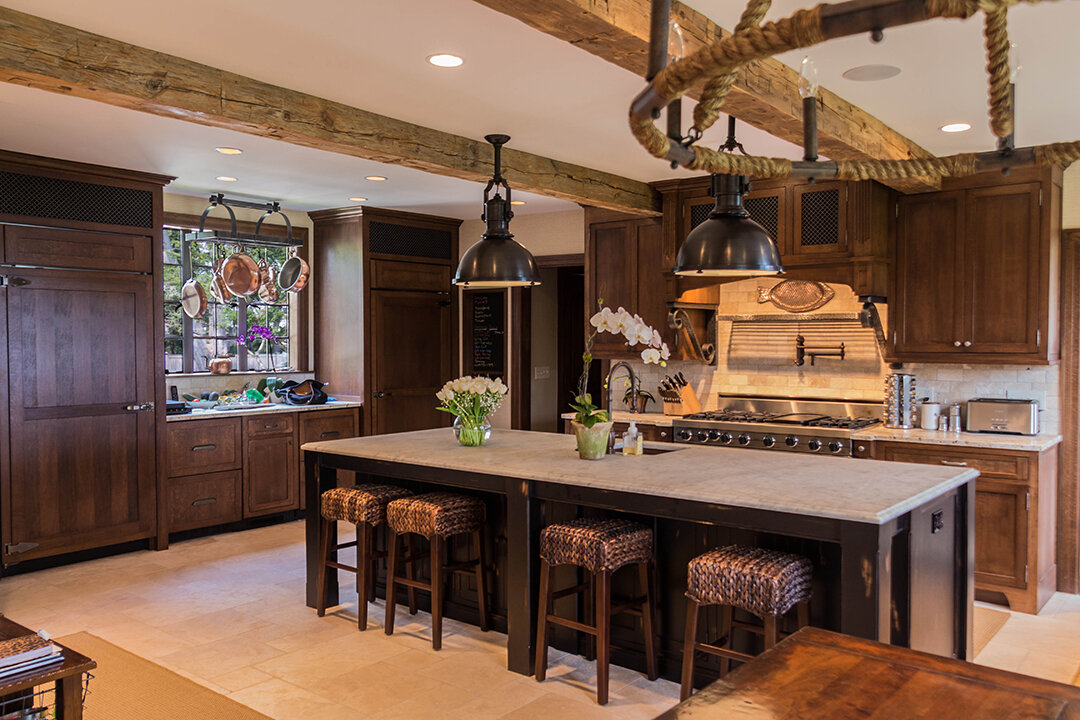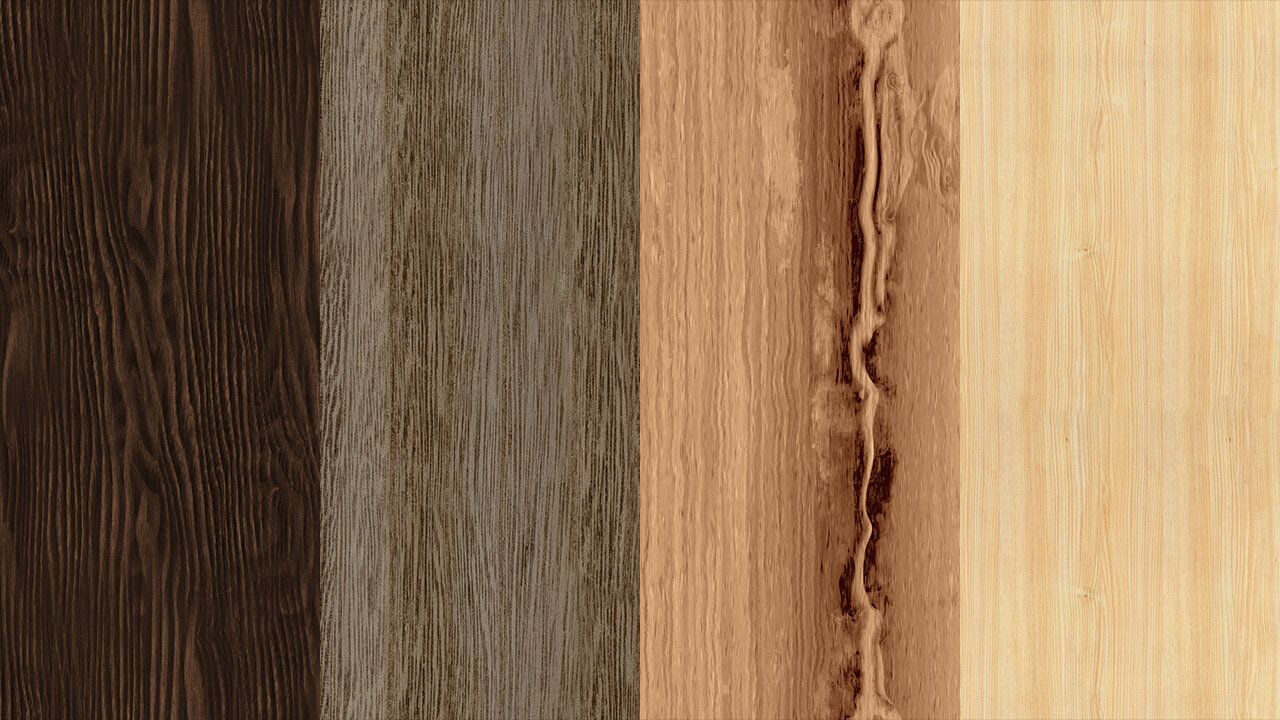Imagine walking into a store or browsing a product catalog, and you’ll see all these beautiful and luxurious-looking cabinets. Do you know which ones are actually worth your money? Maybe you’re talking to a contractor and they give you some unfamiliar terms like “medium density fiberboard” or “dovetail joinery”. Would you know which of these make for a durable cabinet? If you’re not too familiar with the ins and outs of cabinetmaking, we can’t blame you for getting confused. Here are some things to look out for so you can separate the bad from the good when it comes to cabinetry.
Cabinet Box
To cut down on costs, a lot of cabinets are made with particleboards and fiberboards. These are made with wood fibers that are collected, glued together, and then cured to create aboard. The problem with
these boards is that they’re not very dense materials. Water can get into them and they’ll disintegrate over time. For a wet area like the kitchen, that’s not good news. Particleboards also don’t offer a lot of structural strength, and it doesn’t hold screws very well either. Lastly, it warps and sags easily as its core material deteriorates.
What you want to see used for your cabinet box is real wood, more specifically, plywood. Plywood is made using layers of wood with the grain alternating lengthwise and crosswise. This makes plywood much stronger and more durable than particleboards. Aside from the added strength, it’s also more resistant to water, crucial in wet areas like the kitchen and bathroom.
Doors and Drawer Fronts
Some other easy parts to inspect are the doors and drawer fronts. A cheap low-quality cabinet would also use particleboards for these, and we’ve already spelled out why this isn’t a good thing. To make them look good, they’re either painted or a thin wood-grain veneer is applied. What you want for your cabinets would be doors and drawer fronts made of solid hardwood.
However, to the untrained eye, a well-done wood veneer can seem like hardwood. So how do we know if the wood we’re seeing is real solid hardwood? The most obvious sign is its weight. Solid wood is heavy. So if it feels abnormally light, then it’s probably too good to be true. You can also look at the sides and see if the material of the front and sides are different. Running your hand on the surface of the wood is another option. Hardwood would have grain and texture, but a laminate would instead feel a bit like plastic.
Drawer Box
Open and closed day in and day out, drawers take a serious beating. This is why we also need to look carefully at how they’re constructed. Similar to the two previous items, you don’t want to see particleboards here. The next thing to check is the corner of the drawer box. Lower quality drawer boxes have notched or butt joints held together with staples. These don’t hold well over time, and it’s one of the first failure points for drawers.
Quality drawer boxes would have solid wood sides and a plywood bottom. The corners of the sides should be held together by dovetail joints. These look like teeth interlocking the two pieces of wood together. The plywood bottom should be held together by the four sides using a grooved or dado joint. This ensures that your drawer boxes will be sturdy and durable.
Door Hinges and Drawer Slides
One last simple check you can do is to look at the door hinges and drawer slides. High-quality door hinges would have a soft-close mechanism. Typical these would be constructed with nickel-plated steel. Also, unless done intentionally to evoke a certain design style, door hinges for cabinets are often hidden on the inside.
Drawer slides or glides are a little more complicated but generally follow the same principle. High-quality door slides also feature a soft-close mechanism. To keep them hidden from view, you can have dual under-mounted drawer slides. Aside from making your drawer nicer to look at, under-mounted slides also typically allow you to access your entire drawer. For single center-mounted and side-mounted slides, a portion of the drawer remains inside the cabinet, making it difficult to reach the back of your drawer. Another point against side-mounted slides is that they reduce the width of your drawer, thus reducing your storage space. Cheaper drawer slides also often use plastic rollers, which are much less durable than steel ones.
Conclusion
These are not the only things that determine the quality of your cabinets, but these are some of the easiest to check. Cabinets, especially custom cabinets, are going to be with you in your home for a long time. You don’t have to wait many years to find out that your cabinets are a dud. With a few simple checks, you can separate the wheat from the chaff yourself.
Thank you for Visiting Wood and Co
